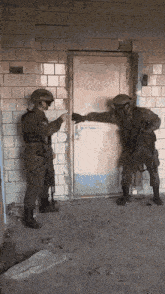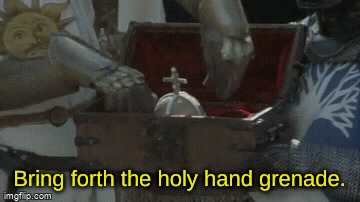For those who don’t know, the term “scale effect” refers to the idea that colors appear weaker from a distance, and that light ness increases the further away you are.
Among some scale modelers, the idea is that if you view a model at a certain distance, multiply that distance by the dominator of the scale and you have the distance you would be from a 1/1 version of the model. For instance, if you’re viewing an a 1/72 scale F-104 from 1 foot away, you’d be viewing the real thing from 72 feet away. Or if you’re 1 yard (meter) from a 1/24 scale Honda Civic, you’d be viewing the real car from 24 yards away.
Using the idea of scale effect, viewing the full size aircraft, car, or what have you, means that the color would appear lighter at a distance, and would be substantially more pronounced for small-scale models (1/72, 1/100, 1/144, etc.) than large-scale models.
The argument runs that the paint should be lightened. Ian Huntley, who did color research and wrote for modeling mags (including FSM) in the ‘80s and ‘90s, suggested the following percentages for aircraft: 1/144 scale—add 7% white to the base color; 1/72 scale—add 15% white; 1/48 scale—add 10% white; 1/32 scale—add 23% white. Now that doesn’t follow the small the lighter the color, but Ian apparently thought these values represented how the color would be seen in Europe (I assume on an average sunny day) as opposed to Brazil, Arizona, or Perth where climate and environment would affect your view differently.
Or there is the big scales get less white (25% for 1/48 scale—whoa!) and small scales get more (70% for 1/144–yowza!) school of thought.
Modeler: “But my 1/144 scale airliner is white! What am I to do?”
Paint Company ZX WeDoItAll: “Let us introduce you to our latest paint, None More White (No. ZX.000000-ridiculouslylongSKU). We guarantee a retina burn or your money back.”
Setting aside the fact that decal manufacturers are NOT thinking about scale effect, what are your thoughts on it? Do you use it? Or did you at one time and then discard it? Love the idea? Hate it? Never heard of it?
Grenade lobbed!



